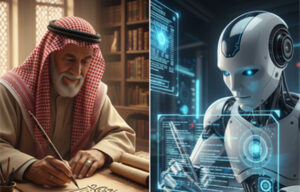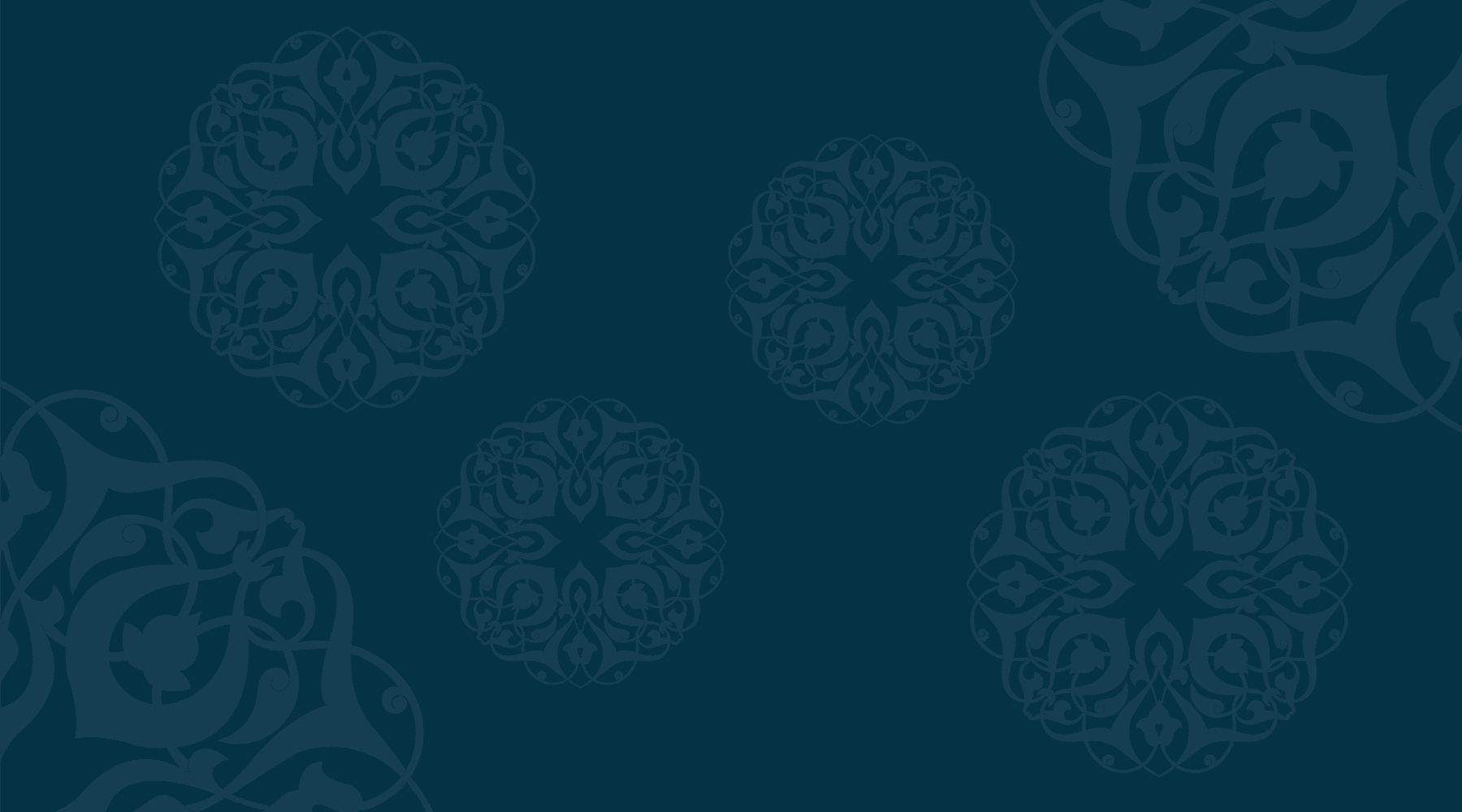No products in the cart.
Is Technology Endangering the Legacy of Calligraphy?

Picture this: with just the movement of your eyes, you could create stunning calligraphic works and bring your creative visions to life. This is the essence of artist Michel Paysant’s “Eye Calligraphy” project. Utilizing an eye-tracker linked to an industrial robot that wields a calligraphy brush, Paysant can generate intricate drawings and calligraphic pieces simply by moving his eyes, delving into the fundamental principles of line and form.
What is Artificial Intelligence?
Before exploring this topic further, let’s define Artificial Intelligence (AI). It involves certain behaviors and characteristics of computer programs that emulate human cognitive functions and operational patterns. Key features include the ability to learn, reason, and respond to situations without specific programming for those scenarios. Nonetheless, the term is often debated due to the absence of a clear and uniform definition of intelligence itself.
AI can also be categorized into different stages and levels, with Artificial Superintelligence (ASI) being the most recognized. ASI would exceed human cognitive abilities and have self-awareness and an understanding of its own existence. Leading figures like the late Stephen Hawking and entrepreneur Elon Musk have cautioned about the potential risks this stage could pose. It raises a captivating and unsettling question: how could a machine potentially outthink the human mind?
Arabic Calligraphy and Algorithms
To capture the beauty of Arabic calligraphy, AI employs various algorithms, such as genetic algorithms, genetic programming, and natural language processing. Arabic calligraphy not only embodies Arab cultural heritage but also serves as a significant aspect of Muslim identity globally, highlighting the pressing need for its integration into AI systems. This approach ensures that Arabic calligraphy transcends the sphere of professional calligraphers, allowing it to find its unique space and identity in our technological era.
Innovative Artistic Endeavors
Several artists and calligraphers have embraced this trend, including Lulwah Al-Homoud, who has successfully showcased the beauty of Arabic calligraphy on a new level. She employs a distinctive style that merges Arabic numerals and letters, creating a unique visual language.
A Key Question: Will AI Replace Calligraphers?
This brings us to an important question: will there come a time when calligraphers become obsolete, with AI able to fulfill all roles?
The answer is clearly: no.
Take “Freehand Calligraphy,” for instance, which enables individuals to craft their unique scripts using various software. Yet, the expertise of a calligrapher or designer remains vital in refining the final product. The same holds true for “Light Calligraphy,” which utilizes optical fibers and cameras; the photographer and designer play crucial roles in both the concept and the perfect timing of capturing the image.
Additionally, many calligraphic works derive their significance from the artist themselves and the cultural context they embody. Therefore, regardless of how advanced AI becomes, it cannot truly replace humans in this realm. The genuine value of calligraphy lies in its cultural and human facets, reflecting our identities and the essence of our humanity. Initiatives like Paysant’s are not about substitution, but rather about leveraging technology as a new, compelling tool in the hands of human artists.
Table of Contents
ToggleShare
-
Previous Post
Identifying Essential Tools for Arabic Calligraphy
 Contact
Contact 











